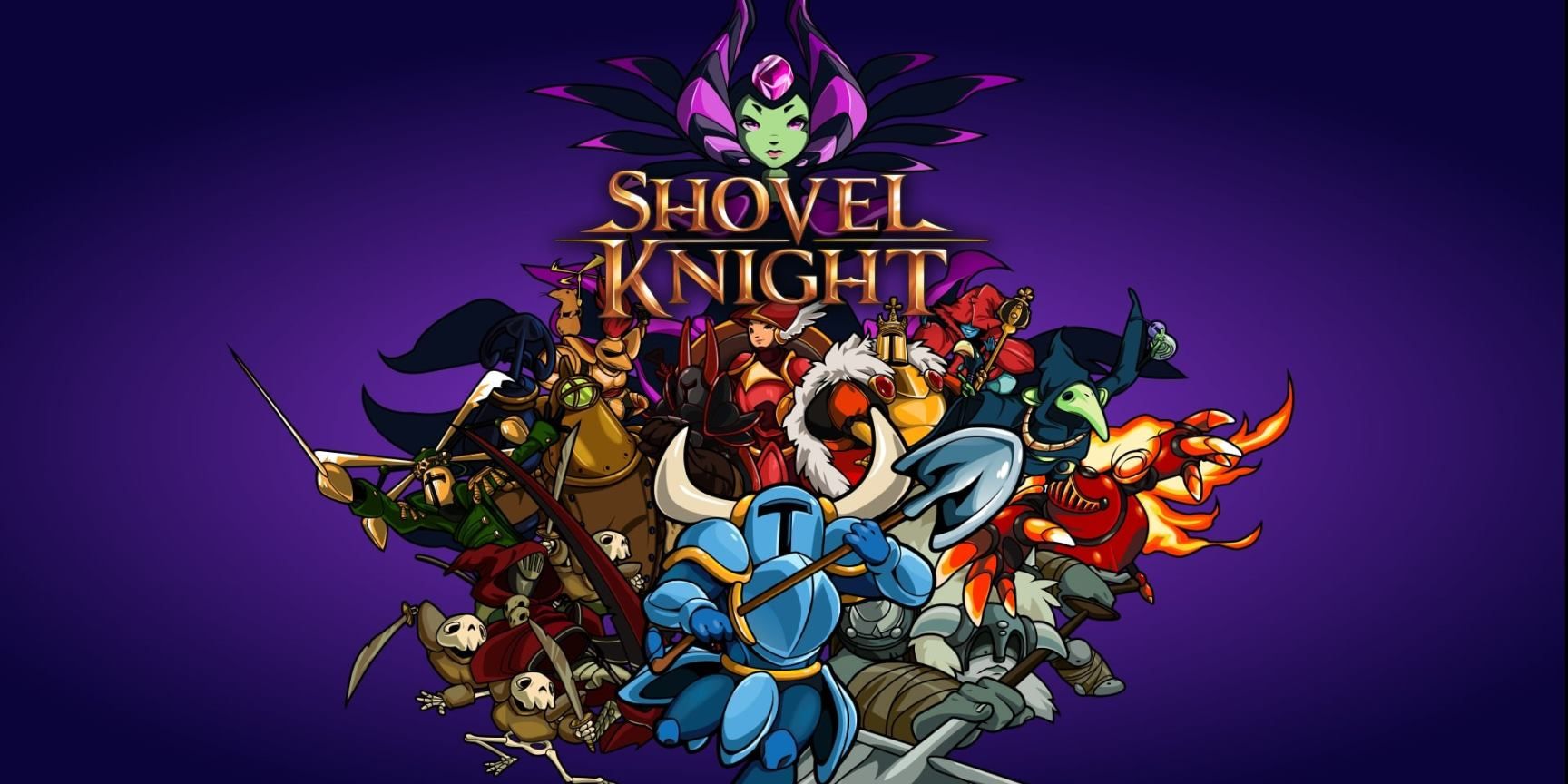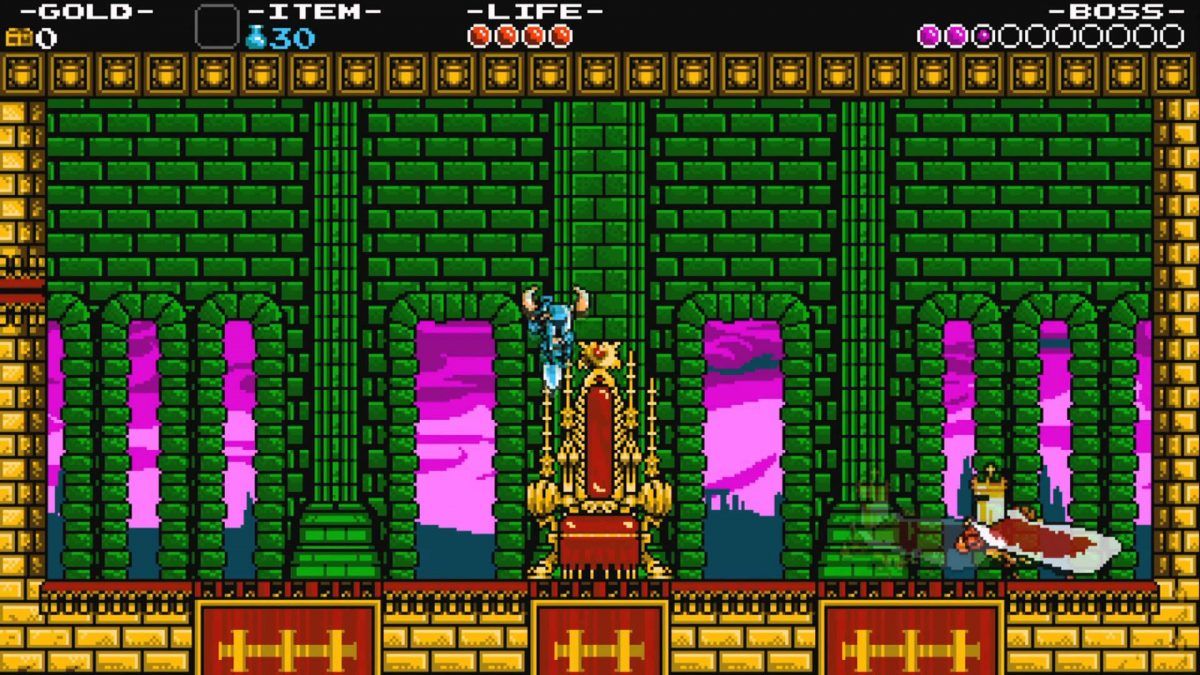A Yacht Clubs Games programmer gave some fascinating insight into how their team designed separate versions of Shovel Knight: Treasure Trove’s final boss. Although Shovel Knight may initially be indistinguishable from some of gaming’s most revered 16-bit classics, this 2014 indie title is a love letter to that era and is a prime example of when a video game can be more than the sum of its parts.
The beauty of Shovel Knight is how Yacht Club Games took inspiration from classic titles and combined their elements to weave a new nostalgia-evoking adventure. Shovel Knight contains elements from Zelda II: The Adventure of Link, the Castlevania series, DuckTales, and Super Mario Bros. 3. Where this inspiration is most prevalent, however, is in how similarly the game feels to the original Mega Man series. The level design, eight-boss system, Shovel Knight’s move set, and his arsenal are all reminiscent of the Blue Bomber’s first appearances, and this winning formula feels perfectly suited for Shovel Knight. Yacht Club Games then took a step beyond this, releasing DLC that allowed players to play as three of the game’s bosses in entirely new campaigns: Plague Knight, Specter Knight, and King Knight.
These additional characters - who themselves came with drastically different play styles - are the reason The Enchantress boss battle had to be redesigned so many times, according to Rock, Paper, Shotgun’s interview with programmer and co-designer David D’Angelo. Although the original fight required players to use the skills they learned throughout their journey as Shovel Knight, using other characters either made the boss battle insultingly easy or difficult the point of feeling impossible. Because the original fight takes place on destructible blocks, for example, playing as Specter Knight would be infuriating as he destroys blocks whenever he jumps off of them. King Knight, on the other hand, would have almost no way to attack the flying Enchantress because his attacks are mostly horizontal.
D'Angelo explains that their team went through several redesigns so that the fight would feel challenging but fair. For example, tweaks had to be made to The Enchantress’s AI so that she would always summon blocks before the arena presented un-jumpable distances for Shovel Knight. In Specter Knight’s version, the fight is completely reversed, with The Enchantress summoning rows of blocks from the bottom of the stage as the fight goes on, requiring players to ascend during the battle and ultimately creating the arena Shovel Knight faces her in later on. A similar technique would be employed for King Knight, who needed to be level with her in order to land attacks.
The concept of tackling the same boss multiple ways is also a staple of the Mega Man series, but in this case, Yacht Club Games went above and beyond. Their team realized that simply copying and pasting the same final boss would be both unfair to players and also not as satisfying of a payoff, and essentially created a unique battle for each of the game’s four characters. As a game that was created for and crowdfunded by gamers who treasure the days of 16-bit gameplay and challenging mechanics, Shovel Knight has proven that today’s indie game scene is more than capable of keeping those days alive.
Shovel Knight: Treasure Trove is available on the Playstation 4, Xbox One, Nintendo Switch, PC, and other platforms.
Source: Rock, Paper, Shotgun


